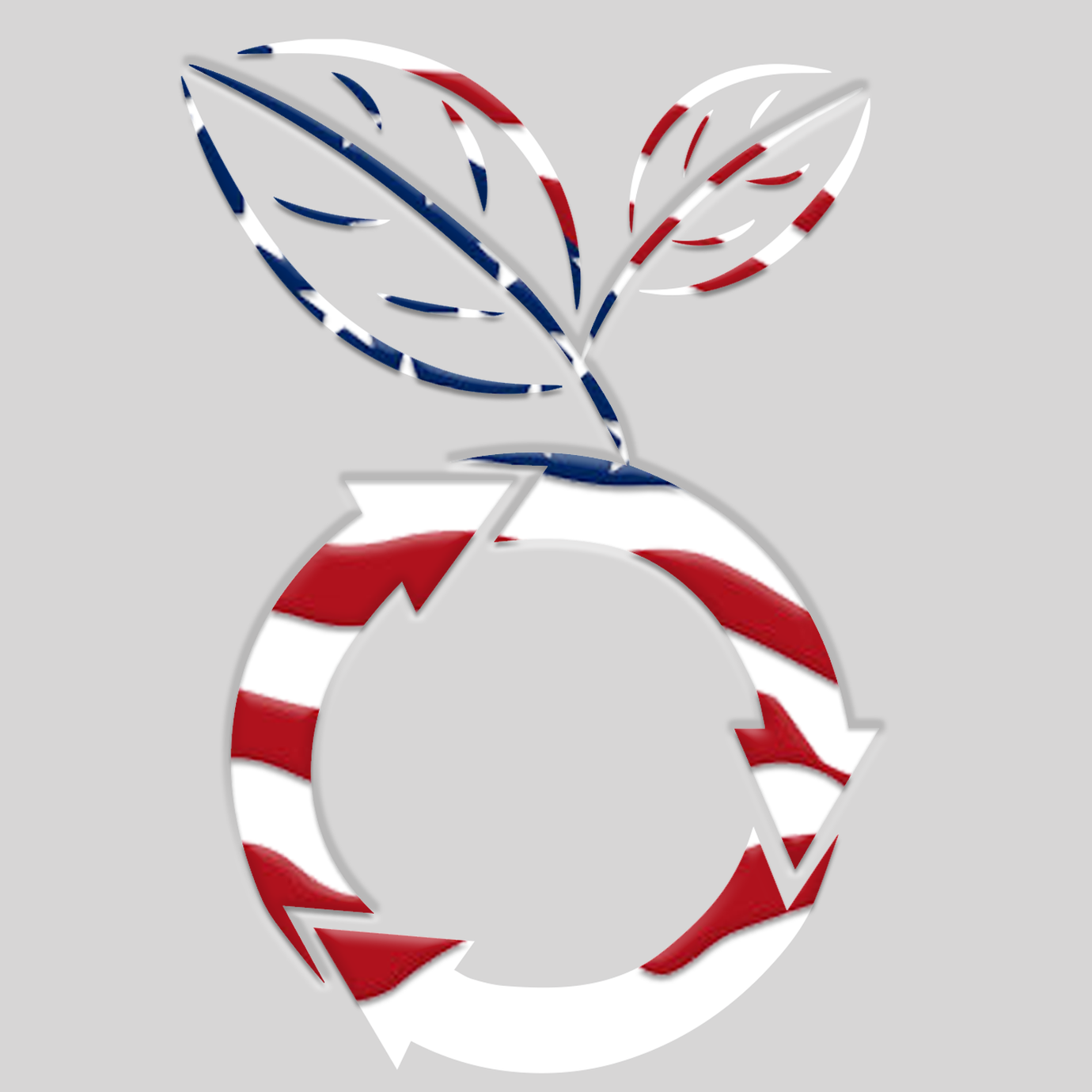The History and Evolution of Straws
Every day, Americans use 500 million drinking straws, and the majority of them are single-use plastic versions (NPS.gov). Since plastic does not biodegrade, the seemingly innocent straw we get with our drinks can cause a lot of damage.
Until the environmental impact of plastic straws became widely known, you were rarely asked whether or not you would like to have a straw with your drink. To us, straws were just another utensil that we used without knowing that they have a fascinating history — and an equally interesting future.
When Were Straws Invented?
Over 5,000 years ago, ancient Mesopotamians fashioned drinking straws from a variety of materials including gold and wood. Unlike the straws we use today, they were extremely long and sturdy. Instead of being used for drinking from cups, they were designed for sitting on the floor and drinking beer from heavy, immovable vats. (NBCNews.com)
Other civilizations were found to utilize reeds and grasses as Mother Nature’s straws. However, the grassy taste and gritty particles left a lot to be desired.
Although they are still used in native teas, they were rarely used on what we might consider a conventional dinner table. That is — until the powerhouse known as the paper straw entered the picture.
The Invention of the Paper Straw
Who Invented The Straw?
In the late 1880s, a man by the name of Marvin Stone stepped away from designing cigarette holders and began experimenting with straws. His first prototypes involved wrapping and gluing paper around pencils, but he quickly found that the glue deteriorated in liquid. This caused the straws to not hold together, as well as the potential for a bad taste in your drink.
Not to be deterred, Stone then began to work with wax-coated manilla paper. With specifications that included that the hole is too small for a lemon seed to pass through, the ancient straw got a new design. By 1890, his factory was solely manufacturing his latest invention known as the paper drinking straw. (Invention.si.edu)
The Origins of Bendy Straws
The straw took another step in its evolution in 1932 when Joseph Friedman’s daughter had a unique issue. Although she enjoyed drinking from straws, they were often too tall for her to reach. With her needs in mind, he created a flexible straw that would allow sipping from any number of angles.
Despite booming contracts with hospitals that loved them for their patients, the paper versions of bendy straws were short-lived. The machinery needed to create commercial amounts of paper straws was not complete until 1947, plastic straws soon took over.
Plastic - The Modern Drinking Straw
By the 1960s technology had made it easier to mass manufacture items made from plastic, including the drinking straw (National Geographic). Modern technology had made it easier to create different types of plastic drinking products like stirring sticks and cocktail skewers. In fact, one American company still makes over three hundred types of drinking utensils.
Despite efforts to reduce the number of plastic straws being used today, Americans still use over 500 million of them per day. Since the majority of them are not biodegradable, most end up in the earth’s waterways or lining landfills. (TRVST.org)
Environmental Impact of Drinking Straws
The drinking straw industry is currently a $3 billion per year market. Yet only one percent of all drinking straws sold are considered biodegradable or earth friendly. Staggering estimates say that the number of plastic straws in our waterways is close to eight billion.
A large number of them end up obstructing wildlife habitats and being ingested by the animals living there. Even more, problems are caused when the straws start to break down. Rather than biodegrading, plastic straws end up becoming smaller and smaller particles. Those particles further pollute the air, the soil, and the water — things that all life, even human life, needs to survive.
The Trend Back to Environmentally Conscious Straws
The “Be Straw Free” campaign began when a nine-year-old aspiring scientist discovered that over five school busses worth of straws were thrown out every day. As he began to ask businesses to get involved, the awareness began to spread. More and more restaurants and diners are opting to go without the straw or offering more eco-friendly options such as paper or plant-based straw alternatives.
There is no doubt that you have seen more and more alternative straws or reusable straws entering the market. Typically these include stainless steel straws or silicone straws, which can be used over and over again.
Additionally, many manufacturers, have taken paper straws to a new level. With plant-based alternatives that naturally break down and you can have a more sustainable option.






